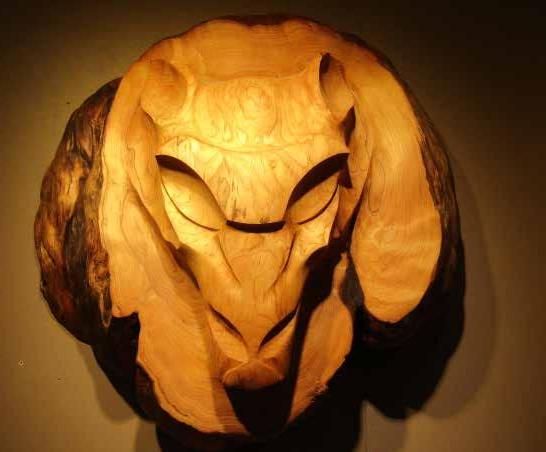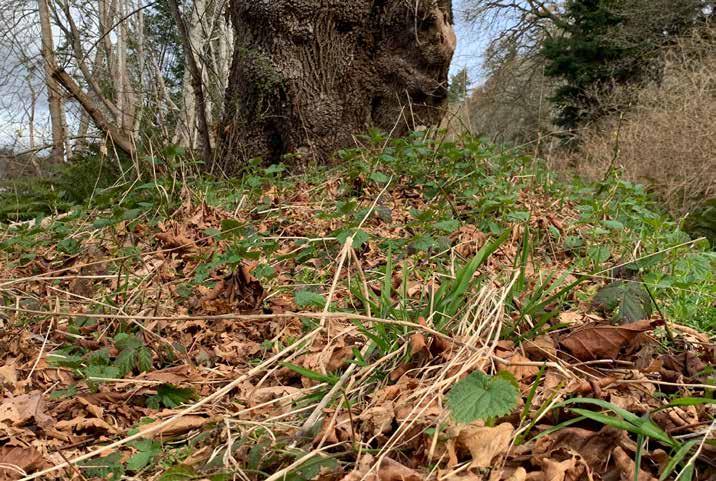HEALTH & WELLNESS Wild Stinging Nettle Photo © Luna Loiseau-Tremblay
EAT LOCAL Foraging for Stinging Nettle, a local Spring Favourite LUNA L OIS E AU - TR E M B L AY Finally, after a long pandemic winter the spring
herbaceous perennial, growing from one to three
is gently unfolding on Eastern Vancouver Island and
metres tall, with spreading rhizomes and serrated
with it the new shoots and flower buds of the season.
leaves growing in opposite pairs along the stem.
Anna’s hummingbirds are busily prodding the first salmonberry flowers and Rufous hummingbirds are making their way up the island, surprising us at our feeders. The fawn lilies and chocolate lilies come out of dormancy and flowering red currant begins leafing out, reminding us that warm sunny spring days are
When flowering, the light green clustered flowers are inconspicuous, drooping over the plant. It grows commonly in meadows, stream-banks, open shady forest, distrubed areas, edges of clearings and along damp roadside edges, often in small to large patches.
One of the common favorites of this area is the hum-
Many of us have experienced the sting of nettle, as rubbing up alongside can produce painful blisters and irritating rashes. The leaves and stem of this species are covered in stiff hairs, coming from a gland producing formic acid, which is secreted when the hairs are broken. This stinging characteristic of Urtica dio-
ble Stinging Nettle, Urtica dioica. This species is an
ica is an excellent defense mechanism but of course,
just around the corner. With the comforting signs of spring, comes the anticipation of food foraging for wild plants which for many of us is a yearly routine to welcome the season.
2 8 | C O M PA S S M A G A Z I N E | I s s u e 3 2
Photos © Luna Loiseau-Tremblay
W W W. C O M PA S S M A G A Z I N E . C A





